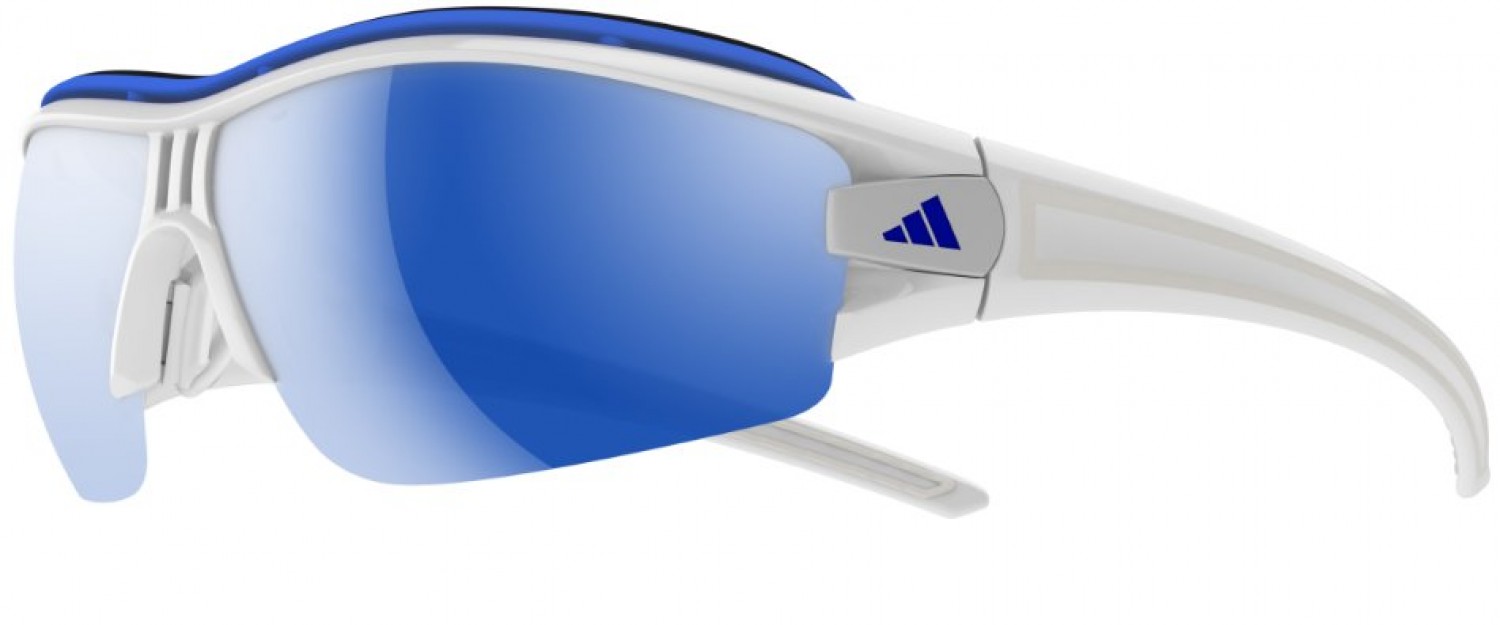

Almost any pair of sunglasses can be fit with prescription lenses as long as the shape of the lens doesn’t distort vision (which happens for example with extremely wide wraparound lenses). Prescription sunglasses are available for virtually all vision prescriptions including those for farsightedness, nearsightedness and astigmatism, as well as bifocal and progressive lenses. Individuals with prescription eyewear can also benefit from the advantages of these specialty eyewear by purchasing prescription lenses. Sport and athletic sunglasses for example provide eye protection, reduced glare and better contrast to improve performance in a range of outdoor conditions.

These days, sunglasses are not only highly fashionable but remarkably functional for a wide variety of activities. The best solution depends on your personal preferences, comfort, and which option fits in best with your lifestyle. Ultraviolet radiation from the sun can also cause sunburns on the eyes and over time, can lead to diseases such as macular degeneration.įor those who wear prescription eyeglasses, sun protection is available in a number of options including prescription sunglasses, photochromic lenses, or eyeglasses with clip-on sunglass lenses. In addition to causing temporary vision loss, the sun’s bright rays can lead to long term eye damage. What do astigmatism measurements mean? aao.Sunglasses are an important way to protect your eyes and ensure clear and comfortable vision when you are on the go. Nearsightedness: What is myopia? aao.org/eye-health/diseases/myopia-nearsightedness What is prism correction in eyeglasses? aao.org/eye-health/glasses-contacts/what-is-prism-correction-in-eyeglasses learn-about-eye-health/healthy-vision/get-dilated-eye-exam sites/default/files/health-pdfs/Farsightedness.pdf learn-about-eye-health/eye-conditions-and-diseases/refractive-errors/eyeglasses-refractive-errors aoa.org/healthy-eyes/caring-for-your-eyes/eye-exams?sso=y You can learn more about how we ensure our content is accurate and current by reading our editorial policy. Healthline has strict sourcing guidelines and relies on peer-reviewed studies, academic research institutions, and medical associations. The strength of the lenses can vary for each eye. The more nearsighted you are, the higher the numbers will be.įor instance, a lens prescription of -5.00 is a stronger prescription than -2.00. The lenses in your eyeglasses will correct the bend in the light and help you see distant objects more clearly.įor a nearsighted prescription, the strength of the lenses will be marked with a minus sign. This can cause your distance vision to be fuzzy. Nearsightedness can also happen if the cornea of your eye is too curved.ĭue to this increased distance, light rays fall in front of your retina (a light-sensitive structure that sends signals to your brain) instead of on it. With nearsightedness, your eye is usually elongated, with too much distance between the cornea at the front of your eye and the retina at the back of your eye.

If you’re nearsighted, you can see objects that are close clearly, but objects that are farther away will look blurry. Nearsightedness, or myopia, is a common refractive disorder. What to know about nearsighted prescriptions SPH means sphere, or the power of the lens that will correct your eyesight.

It indicates the amount of prismatic power your glasses need to correct for differences in the alignment of your eyes. Prism is used if you have double vision.Binocular PD is the distance from one of your pupils to the other pupil. Monocular PD is the distance from your pupil to the middle of your nose. OS is oculus sinister, or your left eye.OU stands for oculus uterque, or both eyes.OD means oculus dexter, or your right eye.NV stands for near vision, or the amount of power that needs to be added to make reading easier.This number indicates whether you have nearsightedness or farsightedness. DV is an abbreviation for distance vision.The cylinder and axis together help correct astigmatism. CYL stands for cylinder, or the amount of astigmatism in your eye.These abbreviations tell the eyeglass manufacturer exactly where to position the prism on eyeglasses that correct double vision. BO, BI, BU, BD stand for base out, base in, base up, and base down.It indicates exactly where the astigmatism appears on your eye. This number is seen on prescriptions for reading glasses or the lower portion of bifocal or progressive lenses. ADD stands for the additional lens power needed to make it easier for you to read.


 0 kommentar(er)
0 kommentar(er)
